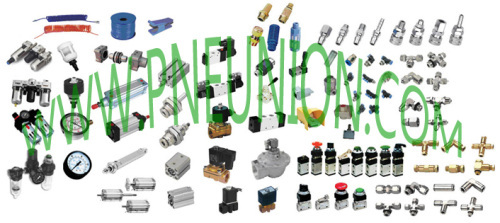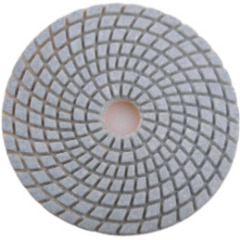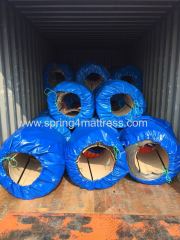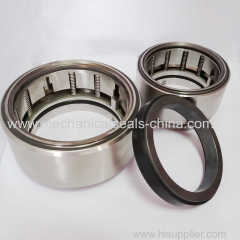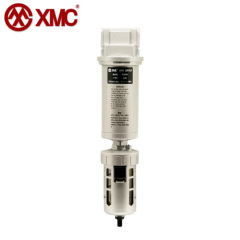Product (228)
-
Filter Regulator Lubricator
(8)

- Air Source treatment (27)
- Air cylinders (29)
- Air operated valves (44)
- Air Solenoid valves (22)
- Brass Push in fittings (11)
- Air tube fittings (70)
- Brass ball valves (5)
- Air blow guns (5)
- Vacuum Ejector (6)
- Hydraulic cylinders (1)
Valves' knowledge (1)
News (30)
Credit Report
Products Index
Company Info
E.DO TOOLS CO.,LIMITED [China (Mainland)]
Business Type:Manufacturer
City: Ningbo
Province/State: Zhejiang
Country/Region: China (Mainland)
News
Duckbill valve
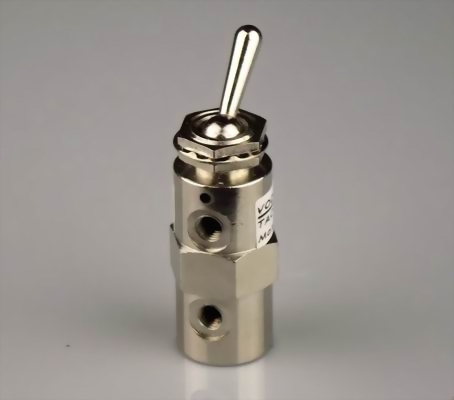
Multiple check valves can be connected in series. For example, a double check valve is often used as a backflow prevention device to keep potentially contaminated water from siphoning back into municipal water supply lines. There are also double ball check valves in which there are two ball/seat combinations sequentially in the same body to ensure positive leak-tight shutoff when blocking reverse flow; and piston check valves, wafer check valves, and ball-and-cone check valves.
●Applications
Check valves are often used with some types of pumps. Piston-driven and diaphragm pumps such as metering pumps and pumps for chromatography commonly use inlet and outlet ball check valves. These valves often look like small cylinders attached to the pump head on the inlet and outlet lines. Many similar pump-like mechanisms for moving volumes of fluids around use check valves such as ball check valves.
Check valves are used in many fluid systems such as those in chemical and power plants, and in many other industrial processes.
Check valves are also often used when multiple gases are mixed into one gas stream. A check valve is installed on each of the individual gas streams to prevent mixing of the gases in the original source. For example, if a fuel and an oxidizer are to be mixed, then check valves will normally be used on both the fuel and oxidizer sources to ensure that the original gas cylinders remain pure and therefore nonflammable.
Some types of irrigation sprinklers and drip irrigation emitters have small check valves built into them to keep the lines from draining when the system is shut off.
Also used with most home made snowmakers.
Pre Page:
Air Cylinders
Next Page:
Stop-check valve


